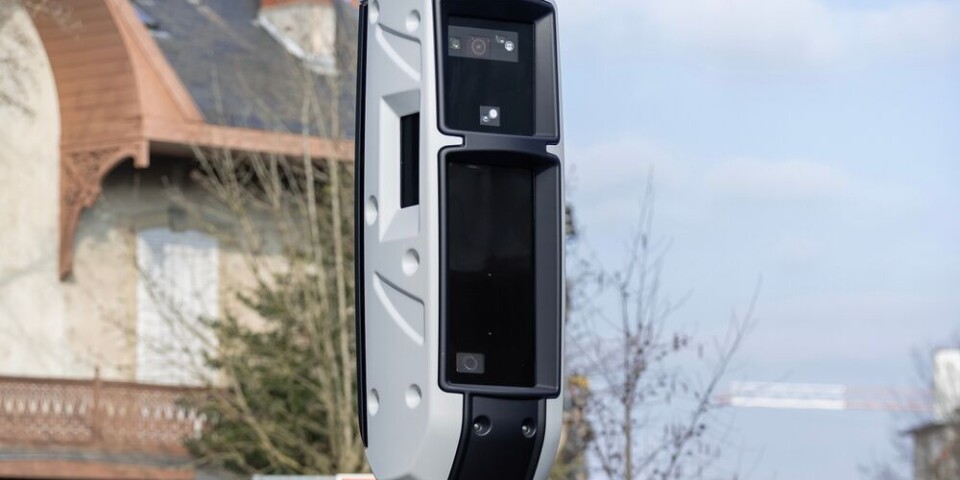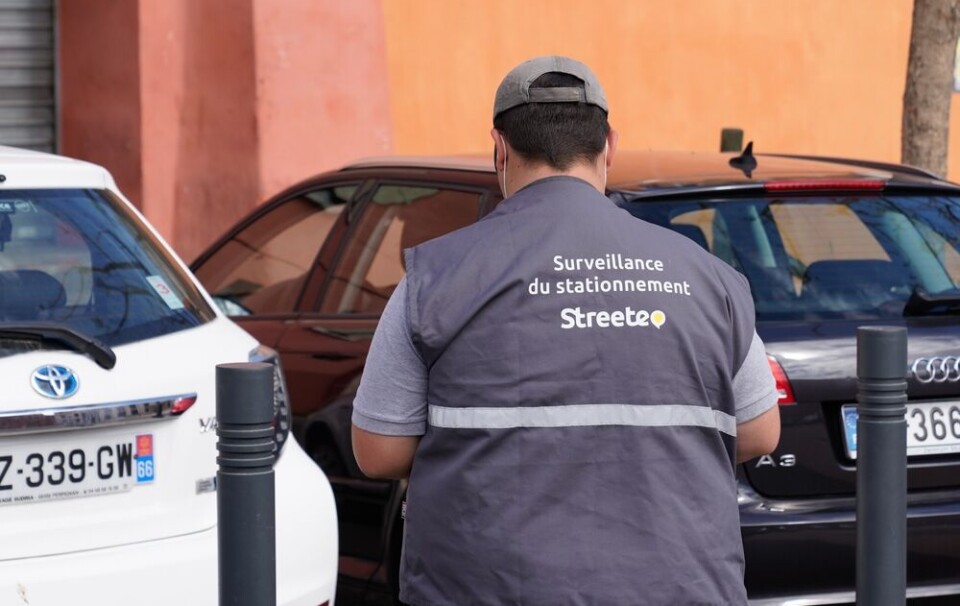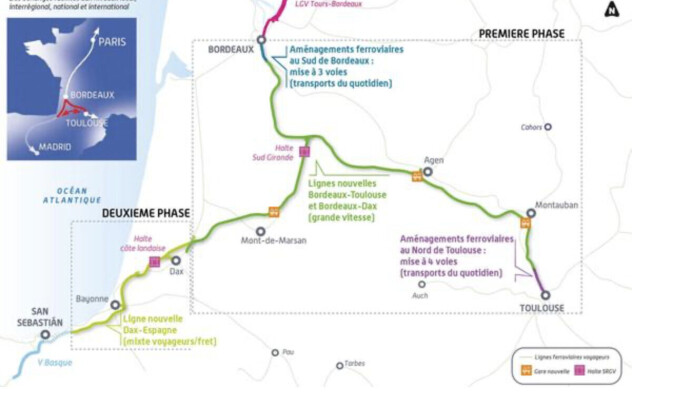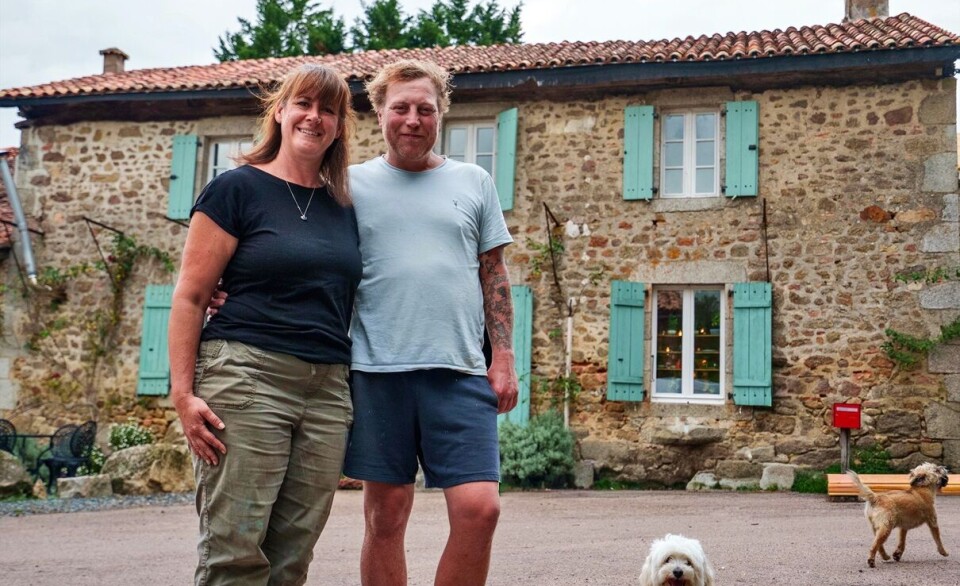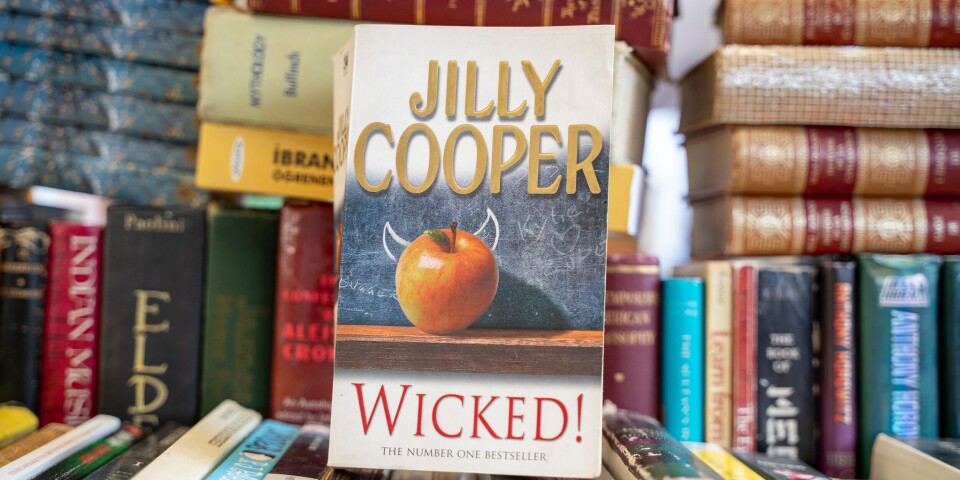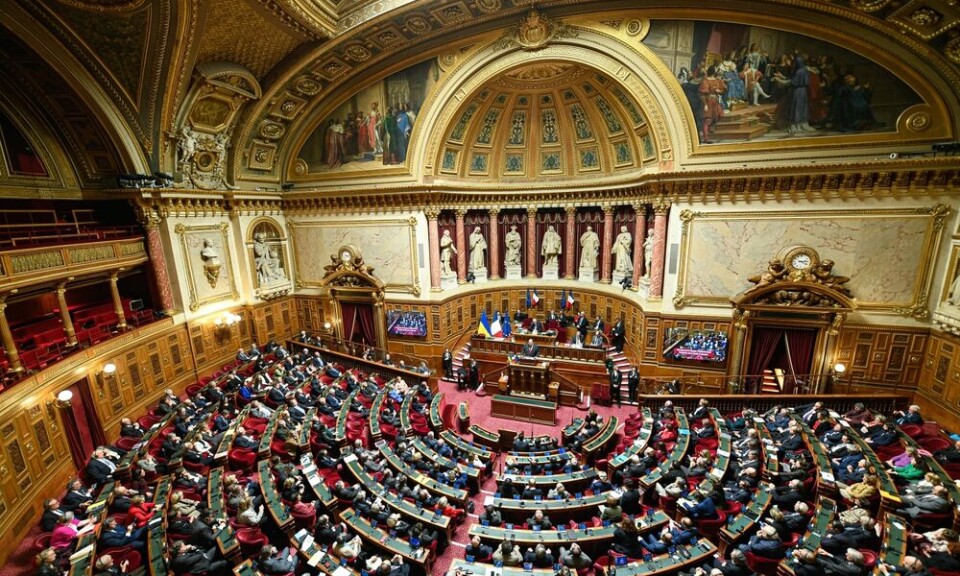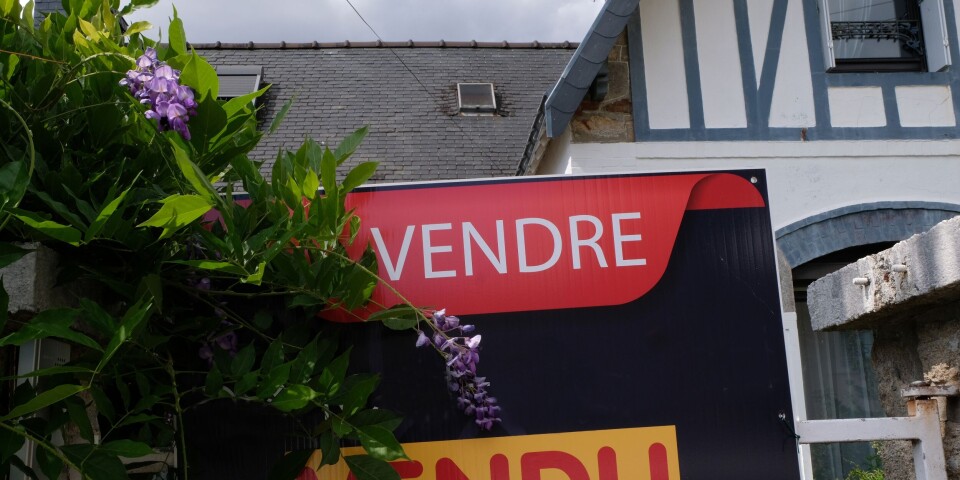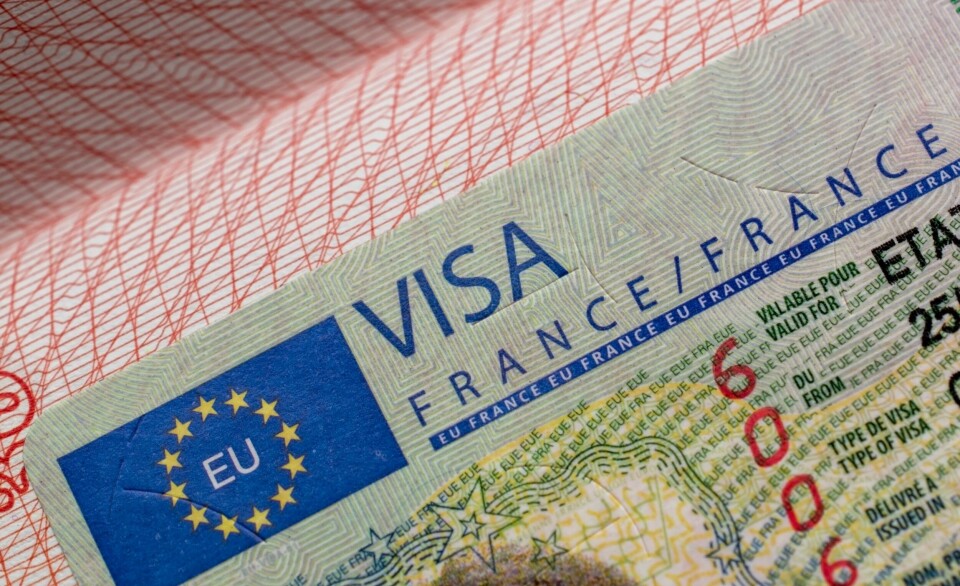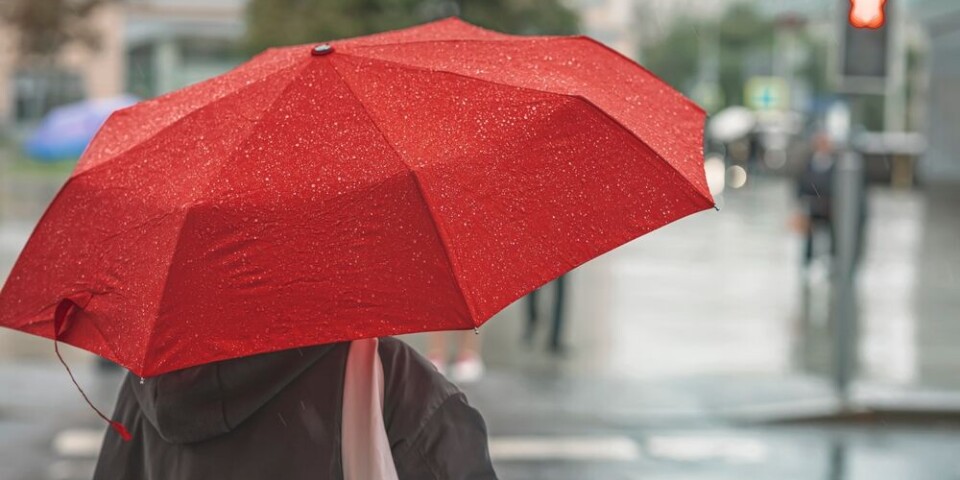-
Classic French recipe with an exotic twist: caramelised onion soup
A dish inspired by the travels of two Paris chefs
-
HPI final season: the end of a French TV phenomenon
Comedy-thriller starring Audrey Fleurot that gripped France airs final episodes
-
Learning French: seven phrases that feature dogs (and some cats)
We take a look at expressions featuring our four-legged friends in celebration of National Dog Day
French you don’t learn at school: “bah”?
Erm, when should I utter “bah”?

Sometimes when mastering the nuances of the French language, an understanding of vocabulary is simply not enough.
This is because certain little expressions or exclamations are so allied to specific emotions (or confusingly, two opposing emotions), and used in specific situations, that you really need to look at the person uttering them in order to understand what they are saying in context – not least because any such utterances are often accompanied by a raised eyebrow or shrugged shoulders.
The best example of this is the oft-used “bah”, a little sound (yes, it sounds like a sheep’s bleat) with big implications.
It is commonly employed as a reinforcing pre-cursor to an expression of incomprehension, and comes at the beginning of a sentence, as in: “Bah, je ne sais pas” (“Well, I don’t know”).
Expressing doubt is another way to employ “bah”.
If someone asks you for directions, for example, you might reply with “Bah, je pense que c’est tout droit” (Erm, I think it’s straight on”).
It can also infer indifference. For example, if asked whether you would like red wine or white, and you really do not mind which you are given, you could reply with “Bah, cela m’est égal” (“Um, well it’s all the same to me”).
However – and here confusion sets in – it can also be used to express full comprehension, and even to imply a little disdain or even feigned incredulity at the stupidity of the question.
For example, in answer to the wine question: “Bah, le vin rouge” (“Duh, the red wine”).
Here, the facial expression or tone of voice is vital in conveying the obviousness of your answer.
Stay informed:
Sign up to our free weekly e-newsletter
Subscribe to access all our online articles and receive our printed monthly newspaper The Connexion at your home. News analysis, features and practical help for English-speakers in France




